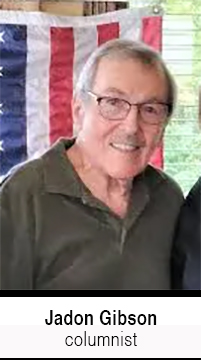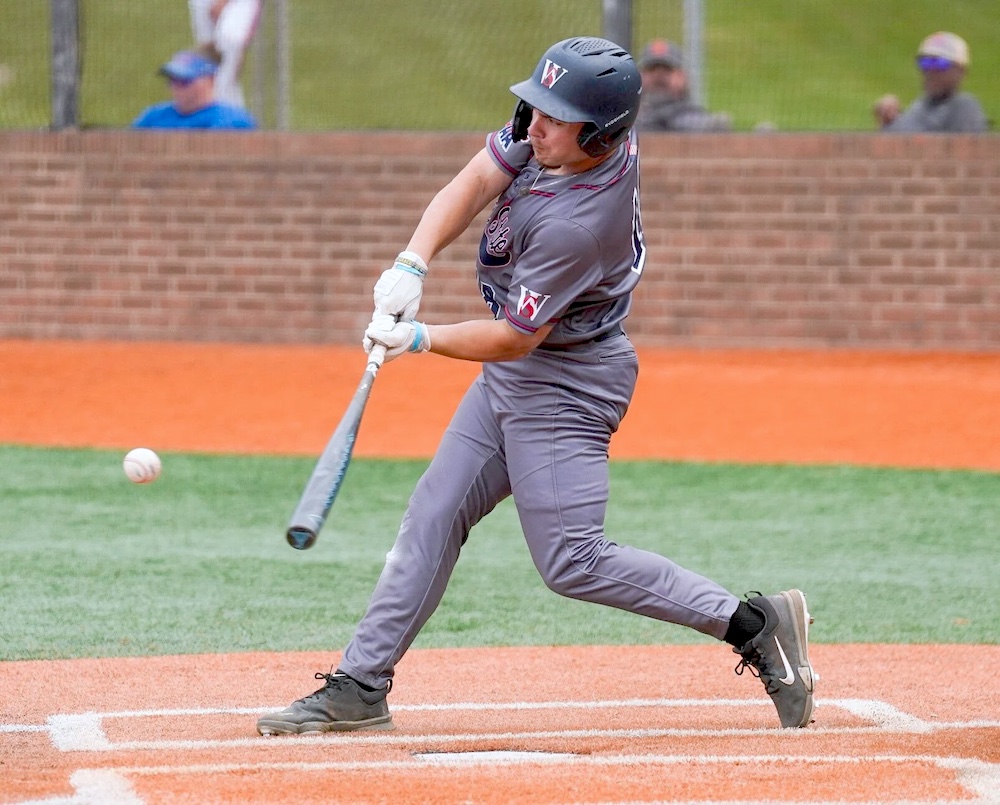Peace Treaty prompts War of 1763
Published 11:26 am Tuesday, December 5, 2023
|
Getting your Trinity Audio player ready...
|
By Jadon Gibson
Contributing Columnist
A 1763 peace treaty between England, Spain and Portugal led to increased hostilities in early America.
Canada was ceded to Britain under the treaty that was reached in Paris. It troubled Indians throughout North America for the British to claim their land. The native Americans were seeing an increasing number of settlers clearing the land killing wildlife and building forts.
A dozen or so forts had been erected or were under construction at the time of the treaty. The Indians recognized they were being surrounded by the British to the north and a line of fortresses to the east. Next, the white men who were seen as invaders, began erecting forts further inland. The chieftains knew their way of life was threatened.
They felt they would have to migrate westward or negotiate with the British to remain on land that was occupied by their forefathers for centuries. A third option was to take up arms and fight for their land. Although the native Americans were limited in numbers and resources they chose to fight.
There were approximately 120 English traders who dealt with the Indians and in the days that followed all were slain except for two or three. During this same period three major forts were destroyed and the troops slain.
The major objective of the Indians was to launch an assault against the fort at Detroit and to cause the surrender of Fort Pitt by cutting the fortification off from her suppliers since the fort was a considerable distance from the settlements.
The chiefs devised a plan they felt would lead to the capture of the Detroit fort. The plan called for a large number of Indians to appear under the guise of holding a meeting with the commandant of the Detroit fort. Maj. Gladwin wisely refused to allow them to enter. An additional 500 Indians arrived the following day and the Indians demanded entry.
“I will allow forty of your men to enter but no more,” Gladwin replied.
The chiefs parlayed and reasoned it would be unwise to accept the commandant’s offer. They felt it would limit the actions of the remainder of their force outside the palisade.
Capt. Dial soon arrived with a reinforcement of 245 men and mounted an attack on the Indians even though the native Americans had a secure position. Dial was killed along with seventy of his men. Another 42 were wounded.
The Indians were able to prevent Fort Pitt from receiving supplies and reinforcements as they had hoped. The captain sent out messengers but they were either killed or turned back. He and his men decided they would hold out and even perish if necessary, rather than taking the risk of falling into the hands of the Indians.
Gen. Amherst learned of the situation and was eventually able to dispatch Col. Bouquet to Fort Pitt with provisions and a strong contingent of men. Along the way they were ambushed by a large group of Indians and a battle ensued which lasted from noon until dark. The battle was very fierce with the combat close at hand.
The battle resumed the following morning but Col. Bouquet had devised a plan that he hoped would allow his forces to continue to Fort Pitt without suffering heavy losses of men and supplies. He directed four companies of infantry and grenadiers to take positions several hundred yards behind the battle line. After the battle continued for a time, Bouquet’s forces feigned a retreat.
The Indians whooped and hollered as they rose to chase on the heels of the retreating men. Upon reaching the second line they turned to join those waiting to ambush the Indians. The red men were caught in the open without defense. Both sides lost over one hundred men but the Indians lost several of their finest chiefs. Fort Pitt received relief and was no longer a threat to fall into Indians hands.
A fearless civilian group called “the Paxton boys” mounted a series of attacks on the Indians and although successful, their barbaric deeds dishonored the history of our country. A force of 57 raided the peaceful village of Conestoga Indians and killed every one. Officials put some Indians in jail to protect them from the Paxton boys but they broke open the doors and killed them there as well. The government had no participation in the murders, in fact, as the Paxton’s planned additional attacks officials removed other Indians to Philadelphia for protection.
Read the conclusion next week.
Jadon Gibson lives in Harrogate, Tennessee. Thanks to Lincoln Memorial University, Alice Lloyd College and the Museum of Appalachia for their assistance.







